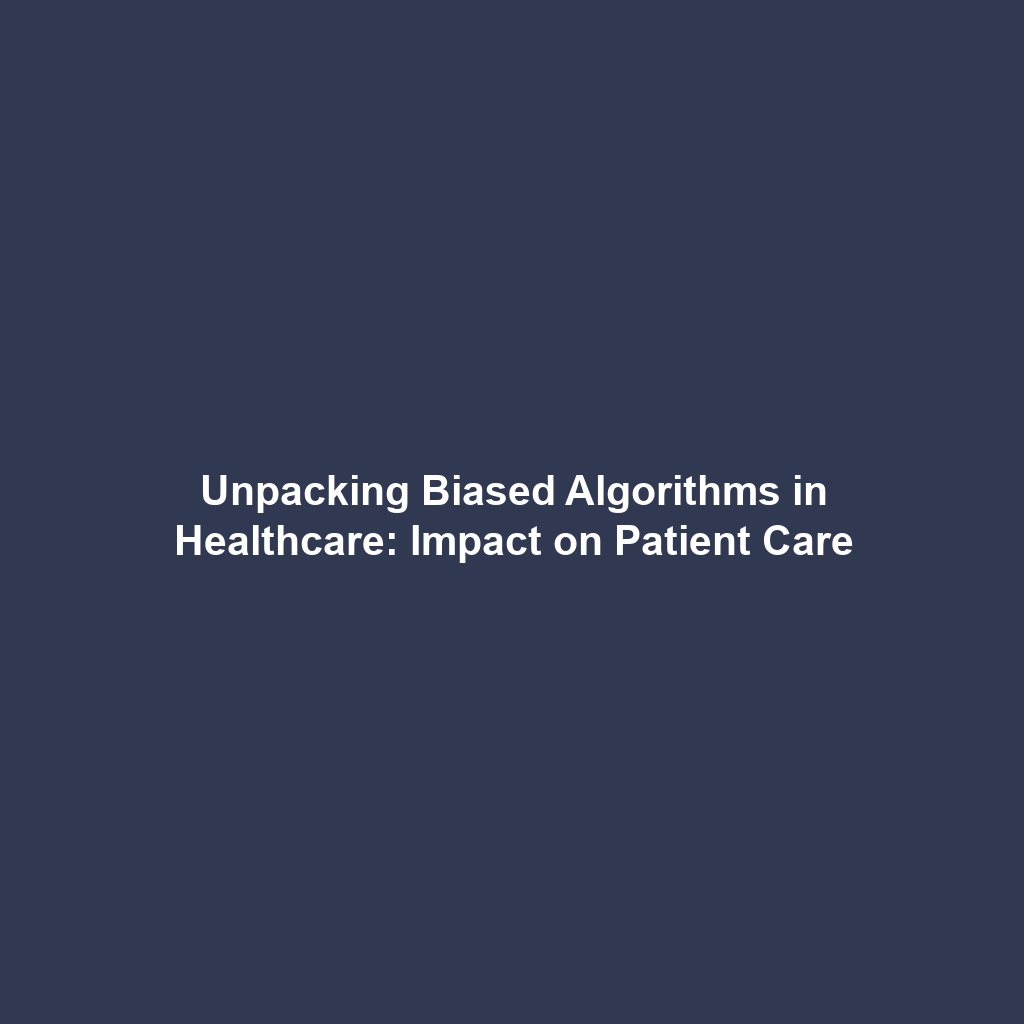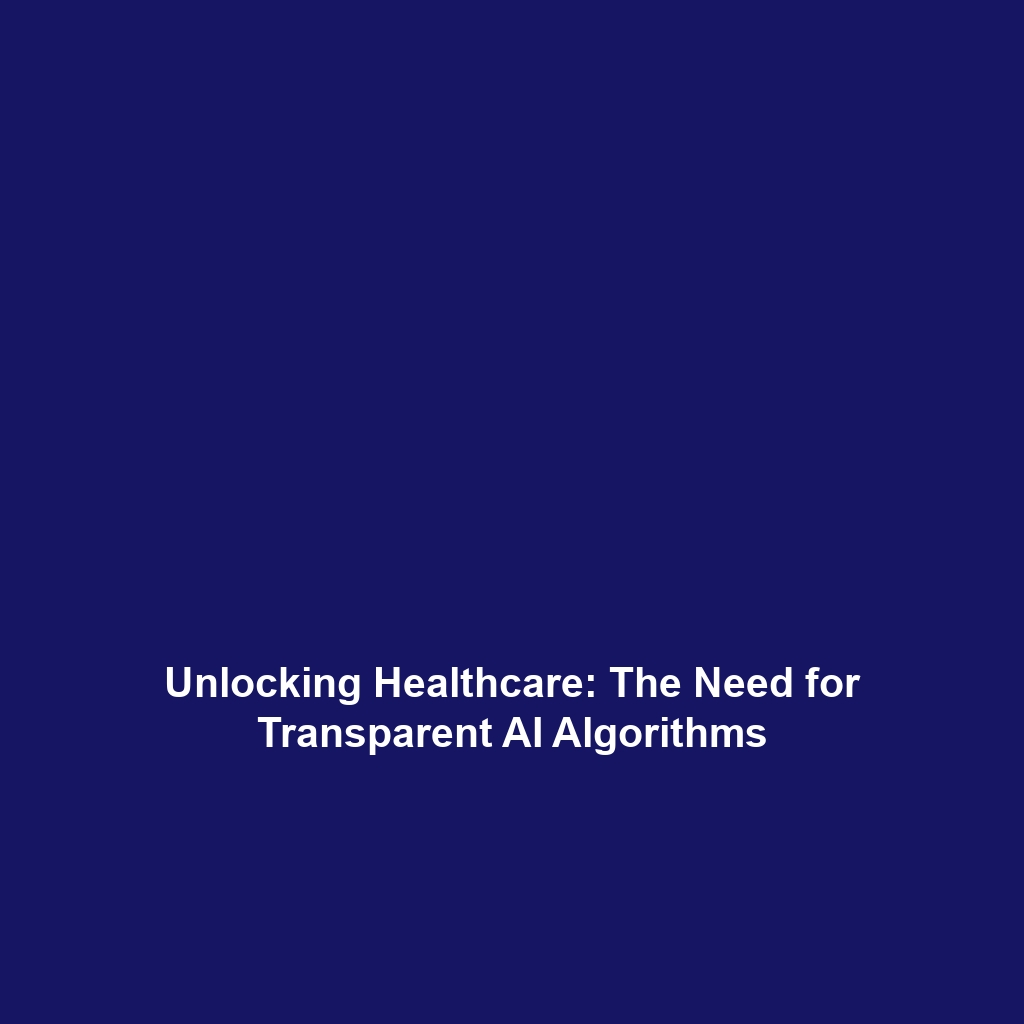How XAI Provides Insight into How AI Systems Reach Decisions
Introduction
In today’s rapidly evolving technological landscape, understanding how artificial intelligence (AI) systems make decisions is paramount. Explainable AI (XAI) emerges as a crucial framework that provides the necessary transparency, enabling stakeholders to grasp the underlying processes driving AI outcomes. This transparency holds immense significance within the broader context of AI ethics, helping to ensure accountability and build trust in AI systems. As society increasingly relies on AI for critical decisions, the importance of XAI cannot be overstated.
Key Concepts
XAI aims to elucidate the decision-making processes of AI systems, offering insights into their operations. Key concepts include:
- Transparency: The principle that underpins all XAI efforts, allowing users to understand how decisions are derived.
- Interpretability: The degree to which a human can understand the reasoning behind an AI model’s prediction.
- Fairness: Ensuring that AI systems make unbiased decisions, which is crucial in ethical AI practices.
By addressing these concepts, XAI aligns itself with AI ethics, emphasizing responsible AI development.
Applications and Real-World Uses
The applications of XAI extend across various sectors, illustrating how it provides insight into AI decision-making while upholding ethical standards. Key examples include:
- Healthcare: In medical diagnostics, XAI helps clinicians understand AI-driven recommendations for patient care.
- Finance: Credit scoring models use XAI to clarify decision-making processes, enhancing fairness in lending practices.
- Autonomous Vehicles: XAI provides explanations of decisions made by self-driving technology, improving safety measures.
Current Challenges
Despite its potential, XAI faces several challenges in effective implementation, including:
- Complexity: Many AI models, particularly deep learning systems, are intricate, making them difficult to explain.
- Standardization: Lack of standardized methods to evaluate the effectiveness of XAI techniques hinders progress.
- User Comprehension: Not all users possess the technical background to understand XAI explanations.
Future Research and Innovations
Future advancements in XAI are anticipated to enhance transparency and foster ethical AI development. Areas of exploration include:
- Automated Explanation Generation: Developing tools that create human-readable explanations for AI decisions.
- Human-Centric Design: Focusing on the user’s perspective to improve the interpretability of AI systems.
- Integration of Ethical Frameworks: Embedding ethical considerations directly into XAI methodologies for more responsible AI systems.
Conclusion
In conclusion, Explainable AI (XAI) plays a pivotal role in demystifying AI decision-making processes, promoting accountability, and ensuring ethical standards are met. As we advance, continued focus on XAI will be essential for fostering public trust in AI technologies. To further your understanding, explore more on AI Ethics and the importance of transparency in technology.







